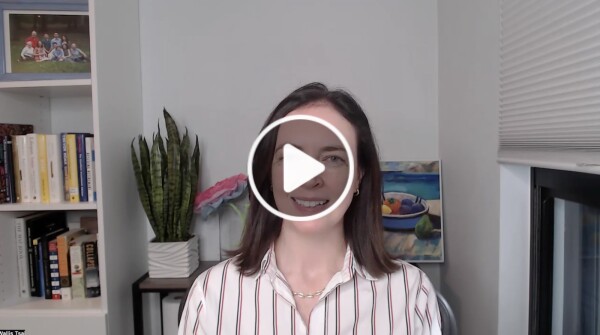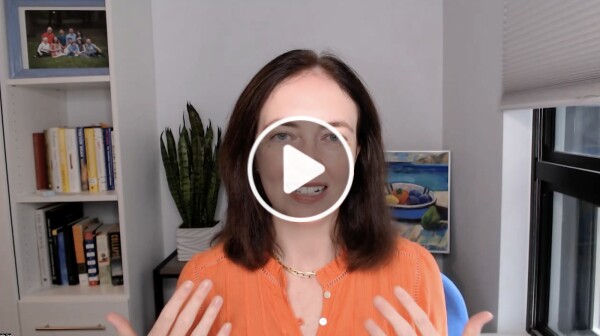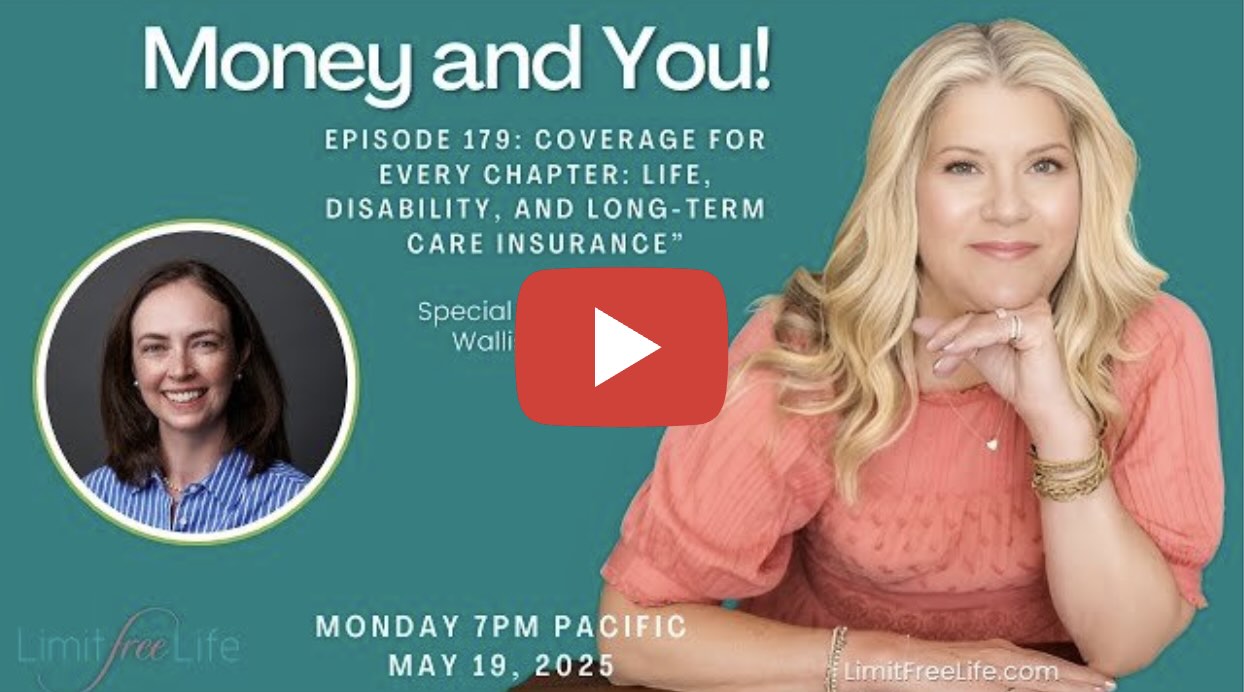Term life insurance pays a death benefit IF you die during the term.
The alternative is permanent life insurance, which pays a death benefit WHEN you die, assuming you've paid your premiums to keep the policy going. (There are different types of permanent life insurance, including “whole”, “universal", “variable”, “indexed universal”, and “universal variable”.)
The details:
Term life insurance is usually sold for terms of 10, 15, 20, 25 or 30 years. (A couple carriers offer 40 year term, but this is unusual.)
Keep in mind:
longer term = more expensive annual premiums*
shorter term = less expensive annual premiums*
* Most term life insurance policies are "level term", meaning premium payments are the same each year.
Why is that? Not to be morbid, but people are more likely to die as they get older. To compensate the insurance company for that risk, longer terms are more expensive.
The annual premiums for permanent life insurance are typically much higher (think 7-20 times as much) than term life insurance.
Here at AboveBoard we operate under the “radical” assumption that you deserve honesty and clarity.
Our free, interactive Guide to Life Insurance will:
- Ask you a few easy questions
- Suggest a term
- Highlight if you should consider permanent (spoiler alert: most people should buy term)
- Suggest a coverage amount
- Give you the opportunity to easily make changes, so you find the right answers for you
It's super-fast and easy.
If you’re getting the “hard sell” on permanent life insurance from someone, you should read “Truth vs. BS: the Inside Scoop on Popular Life Insurance Sales Lines”, for a balanced and thoughtful view of what's true, what's not and when "it depends".
If you want to learn more about the different types of life insurance, check out any of these 3 videos:
Video #1 of 3: What Are the Different Types of Life Insurance?
Video #3 of 3: Permanent Life Insurance: What Types Are There? Which Is Right for You?




